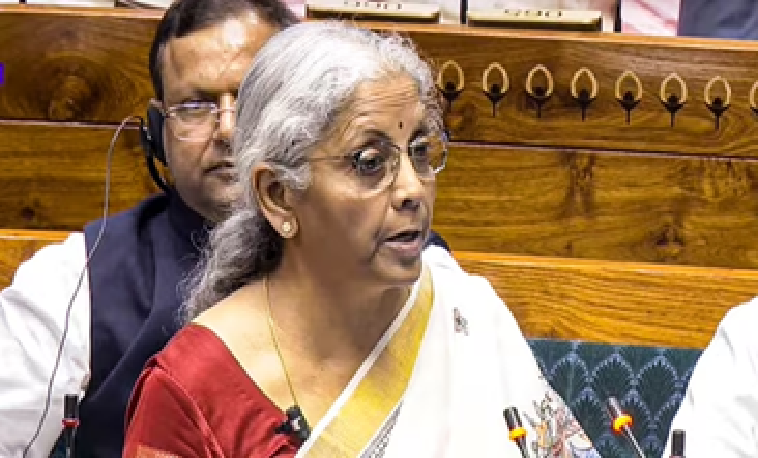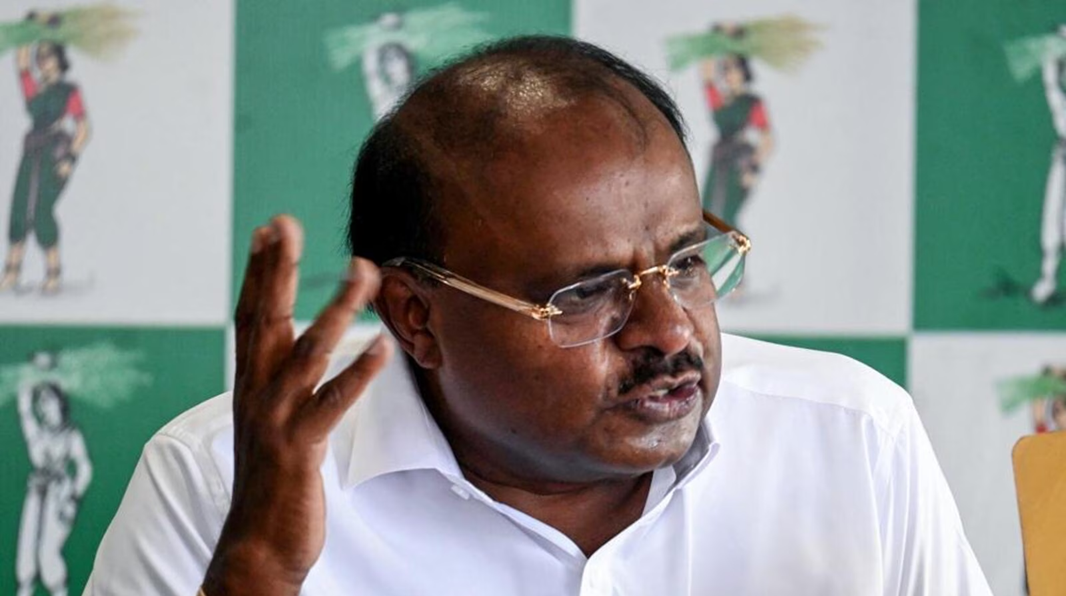
Indian cinema evolves: A decade of diversity, inclusion
Sowmya Raju | NT
Bengaluru: As India celebrated National Cinema Day on October 13, filmmakers and film buffs from across the country shared their views with News Trail on how cinema has evolved in the past decade.
Evolving characters and storylines
Talking about how characters and storylines have evolved in the past decade, Prakruthee added, “Previously in movies, transgenders were just a joke or a comical character who never just excited just to be mistreated and teased. Now we have series and movies such as Chandigarh Kare Aashiqui, Super Deluxe, Moothon, Foure more Shots Please and Paava Kadhaigal were critically acclaimed where the trans person or the person from the LGBTQIA+ community creates a tangible impact on the storyline.”
Vidhi Shah added, “For a multifaceted country like India, there are endless stories to be told. Indian cinema's enchantment is here to stay.”
Overall, Indian cinema has undergone a number of positive changes in the past decade. Films are now more diverse, inclusive, and technologically advanced than ever before.
This is a welcome development, and it suggests that Indian cinema is poised to continue to thrive in the years to come.
Emergence of new voices
Another important trend in Indian cinema has been the emergence of new voices. Women filmmakers, filmmakers from marginalised communities, and filmmakers from small towns and villages are now telling their stories on the big screen.
This has led to a more diverse and inclusive range of films being made in India. Prakruthee, a budding assistant director in Tamil, Telugu and Kannada said, “Women have always been considered an object on screen and a diversity hire off screen until recently. We have Naynatara whom we call a lady superstar, and other women directors as well. But they are only a handful.” she added, we have come a long way, there’s more to go.
Rise of regional cinema
One of the most significant changes in Indian cinema in recent years has been the rise of regional cinema.
Films from Tamil, Telugu, Malayalam, and Kannada have become increasingly popular across the country, and have even achieved success internationally.
This is due in part to the fact that regional filmmakers are now telling more universal stories that resonate with audiences across cultures.
Vidhi Shah, the president of a film club in a private college shared, “Cinema is the most consumed visual experience in the world, shared by people of all states, countries, cultures, and languages. For a country like India, with its rich heritage and culture, cinema has always been a powerful medium of artistic expression.”
She added how Indian cinema has transcended since the first film in 1913 by breaking language and cultural borders to showcase its diverse tapestry of art to the world.
Technological advancements
Indian cinema has also evolved technologically in recent years. Films are now being made with cutting-edge visual effects and sound design. This has allowed filmmakers to create more immersive and engaging experiences for audiences.
Harshit Anand, a young budding director who wants to celebrate Cinema Day every day opined, “Movies have evolved in all aspects, including technicality and technology. Making movies is now easier, as VFX can be used to create scenes that were once impossible to shoot in the real world."
 English daily published in Bengaluru & Doha
English daily published in Bengaluru & Doha






